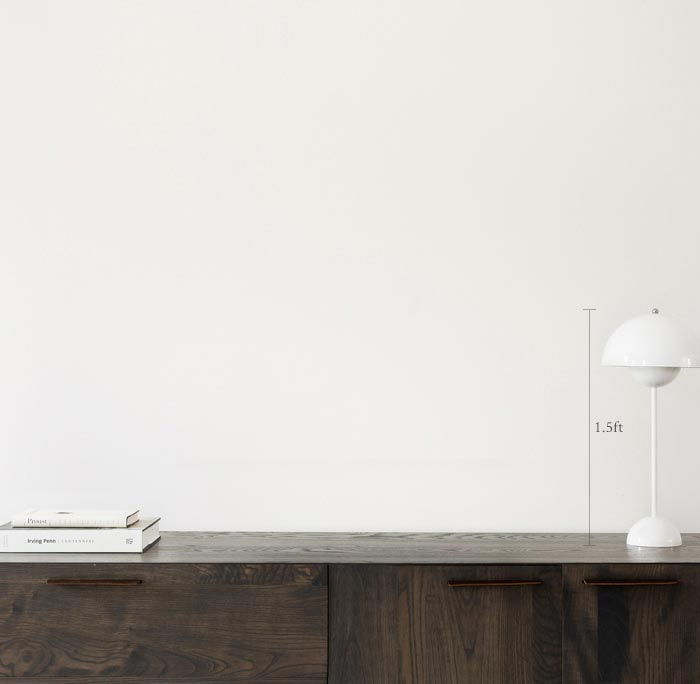







97 Views
0
View In My Room
Collage, Glass on Aluminium
Size: 7.7 W x 13 H x 1.6 D in
Ships in a Box
97 Views
0
ABOUT THE ARTWORK
DETAILS AND DIMENSIONS
SHIPPING AND RETURNS
Original mosaic in Byzantine stile inspired by a Fayum portrait and made in the style of Mosaics in Ravenna, Italy. Fayum mummy portraits are a type of naturalistic painted portrait on wooden boards attached to upper class mummies from Roman Egypt. They belong to the tradition of panel painting, one...
Year Created:
2020
Subject:
Styles:
Mediums:
Collage, Glass on Aluminium
Rarity:
One-of-a-kind Artwork
Size:
7.7 W x 13 H x 1.6 D in
Ready to Hang:
Not Applicable
Frame:
Not Framed
Authenticity:
Certificate is Included
Packaging:
Ships in a Box
Delivery Cost:
Shipping is included in price.
Delivery Time:
Typically 5-7 business days for domestic shipments, 10-14 business days for international shipments.
Returns:
14-day return policy. Visit our help section for more information.
Handling:
Ships in a box. Artists are responsible for packaging and adhering to Saatchi Art’s packaging guidelines.
Ships From:
Italy.
Customs:
Shipments from Italy may experience delays due to country's regulations for exporting valuable artworks.
Need more information?
Need more information?
Passionate about history and art, I am an economist who has been working for multinational companies for thirty years. In my spare time, I create mosaics, as copies of byzantine Italian masterpieces or as original works in the style of ancient tradition. Whenever applicable, I accompany my works with short essays about the historical and artistic context they can be referenced to.
Why Saatchi Art?
Thousands of
5-Star Reviews
We deliver world-class customer service to all of our art buyers.
Global Selection of Original Art
Explore an unparalleled artwork selection from around the world.
Satisfaction Guaranteed
Our 14-day satisfaction guarantee allows you to buy with confidence.
Support Emerging Artists
We pay our artists more on every sale than other galleries.
